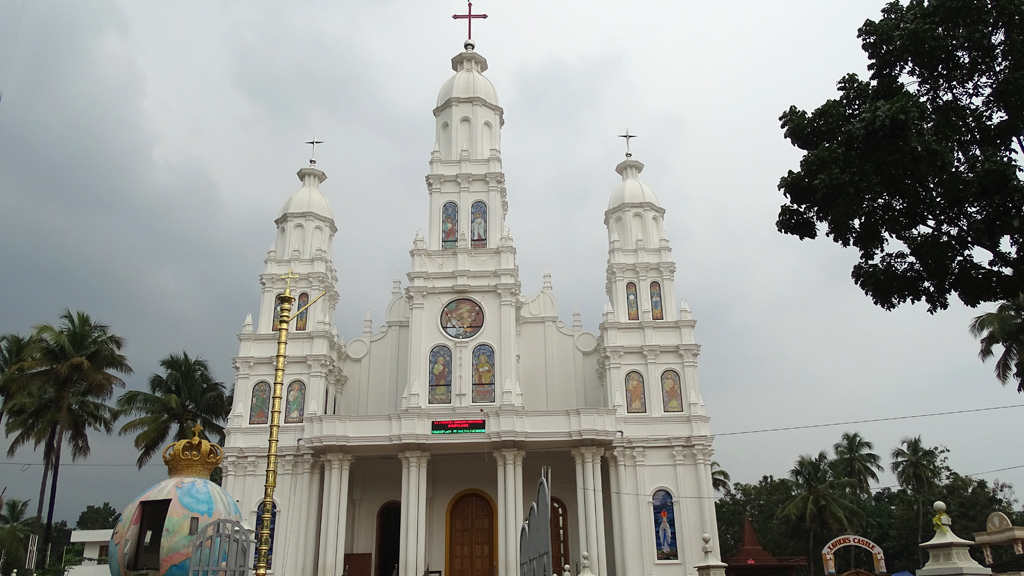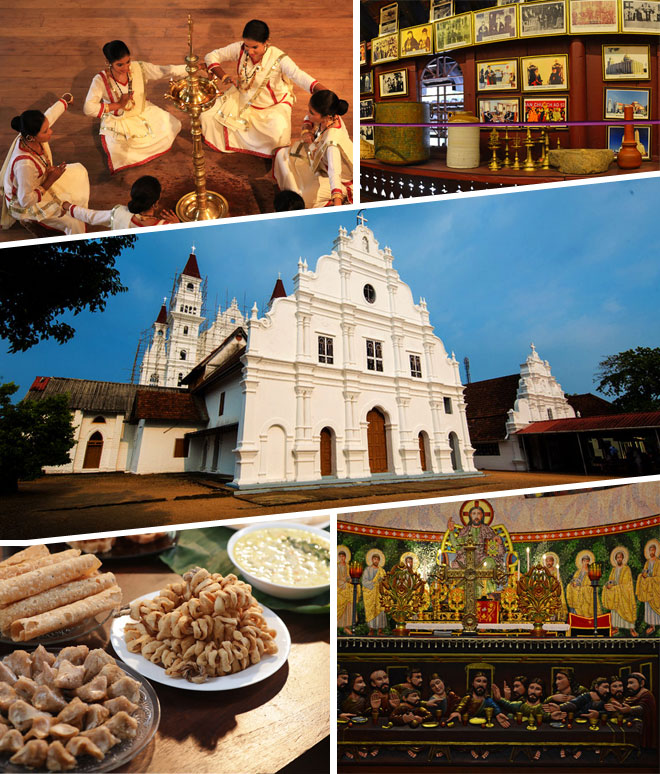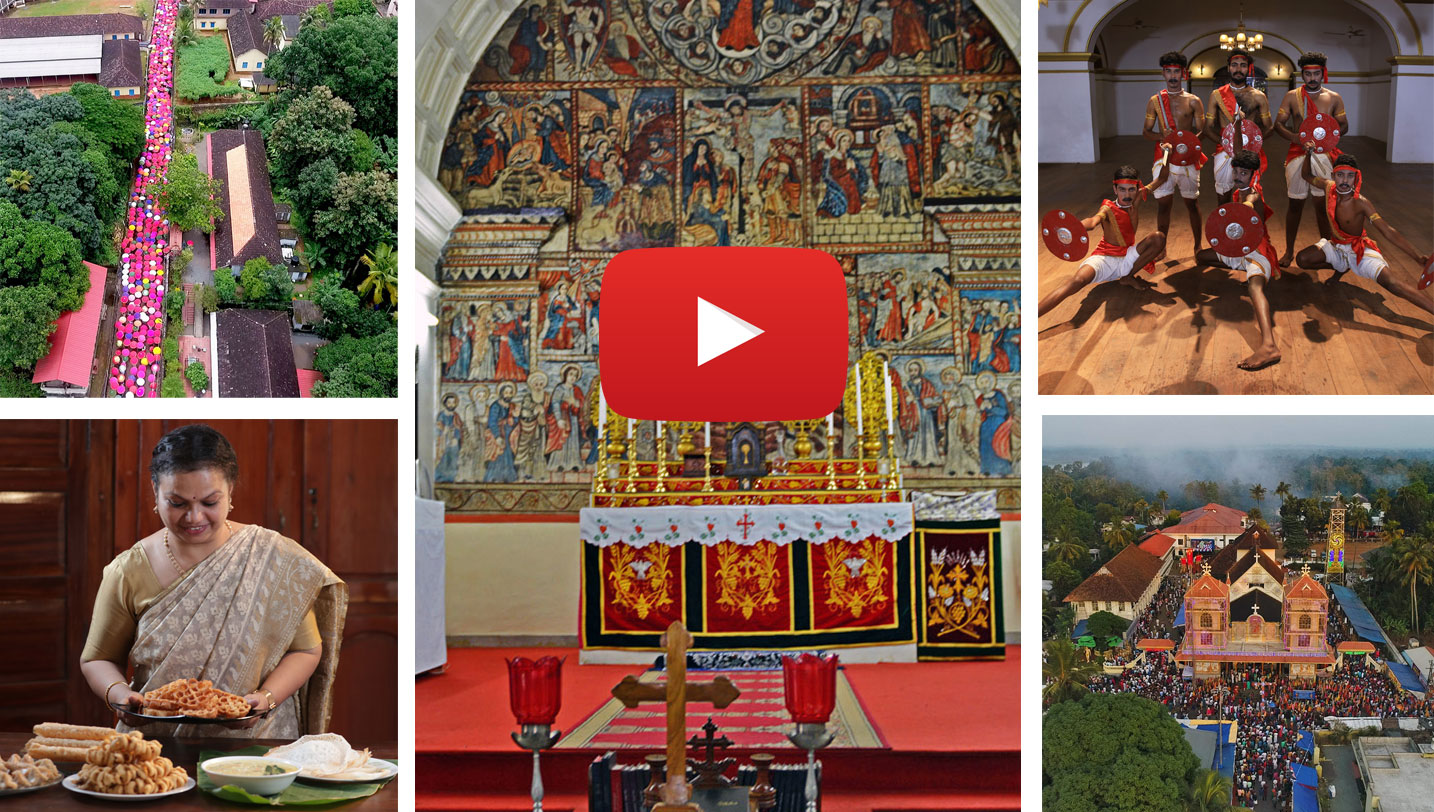Missionary Activities
Trade and war were the main aims of the initial ship journeys. Missionary activity was also wedded to that. Franciscan missionaries were the first to follow the Portuguese navy. Along with Alphonso de Albuquerque, some Franciscan missionaries reached Goa in CE 1510. It was they who established the first hermitage in India. The Franciscan Mission was founded by St. Francis of Assisi in Italy in CE 1209.

During the first half of the 16th century itself, various Portuguese missionaries reached Kerala and worked actively among the St. Thomas Christians. They did not have even a faint knowledge of Malayalam or Syriac and hence could not understand the difference between rituals and ideology. The Jesuits, on the other hand, took an effort to learn Malayalam and Syriac. The Portuguese king gave maximum support to the Jesuits for spreading religion. St.Francis Xavier, a Jesuit, reached India in CE 1542. His followers spread missionary activities from Mozambique to Japan. In CE 1548, the Dominicans also started functioning in India.
The Society of Jesus was founded by Ignatius Loyola in CE 1534. Peter Faber and Francis Xavier were among the pioneers of this movement. Pope Paul III gave recognition to the movement in 1540. The Portugal King, who got permission for missionary activities in India through Padroado, designated the Society of Jesus for the purpose. They had missions in different parts of the world.
The Goa diocese was set up in 1534. Goa Archbishop was the head of the Catholic Church in India. Francis Xavier started his missionary activities in India and Christianity gradually started spreading to different parts of the country. It went on without any interruption during the reign of Akbar (1542-1605). Macau, Malacca, Goa, and Kochi became the major Jesuit centers in the world. Owing to the relentless efforts of Francis Xavier, thousands of people living in coastal areas were converted to Christianity. Kerala and Tamil Nadu were the centers of his missionary activity.
_large.jpg)
The Portuguese connection started with da Gama did not immediately affect the social and spiritual affairs of the St. Thomas Christians. They mingled freely with the Portuguese who were also Christians. When the Persian Bishops reached Kerala in 1503, the Portuguese came forward to receive them. One of the Persian Bishops, Mar Yacob Abuna acted as an intermediary for the Portuguese in foreign trade. In CE 1520, he persuaded the Christians to directly sell pepper to the Portuguese. When in response to the request of the ruler of Kochi the Portuguese attacked Kodungalloor, they protected the houses of Christians and drove away from the Jews and Muslims. There were about 2,000 Christian families in Kollam at that time. Albuquerque who signed a pact with Kollam in CE 1510, helped to regain the traditional rights of the Christians there and they rewarded him with a silver cross kept at the church in Kollam. The Portuguese of Coromandel Coast married Indian women, with the permission given by Alfonso de Albuquerque in CE 1510. In CE 1500, when Muslims destroyed the church in Kollam, the St. Thomas Christians constructed a church at another place and the Portuguese constructed a church at the spot where the original church stood. During the time of the Synod of Udayamperoor, there were two churches in Kollam. It was the hub of the Christians as well as the Tharakans.
_large.jpg)
Subsequently, we find the Portuguese extending their trade from the coastal towns to the interiors. The main Christian traders are found engaged in loading merchandise in Portuguese ships. Koran, a trade group in Kochi, Mathias, a St. Thomas Christian trade group in Kollam and Taquatome in Kayamkulam were the main agents. In CE 1530, the Portuguese agent Francis Albuquerque purchased about 4,000 measures of pepper from Koran.
The inception of seminaries:
Seminaries and theology study centers brought considerable changes in society. Since the ruler of Kochi adopted a positive attitude towards the missionaries, they opened religious study centres in Kochi. The Franciscan Mission took the lead for extensive religious conversion in 1540. In order to develop indigenous priests, the Franciscan Saint Vincent de Lagos set up a seminary in Kodungalloor. Dominicans and Jesuits also joined the efforts of the Portuguese. The Jesuits set up educational institutions and missions in Kollam and Kochi. They opened a college also in Kochi in 1584. During the time of Mar Abraham, a theological school was set up at Vypin by the Portuguese.
- The Tradition of St. Thomas
- The arrival of St. Thomas
- Seven and half Churches
- Post St. Thomas arrivals
- The scenario before the arrival of Gama
- Missionary Activities
- Descriptions of St. Thomas Christians
- The Padruodo
- Portuguese Forts
- Synod of Diamper
- Latinization of Churches
- Coonan Cross Oath
- Post Koonan Kurissu
- Establishment of churches
- Starting of Seminaries
- Anglo Indians
- Migrations to Malabar

